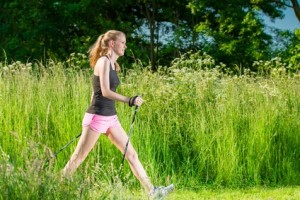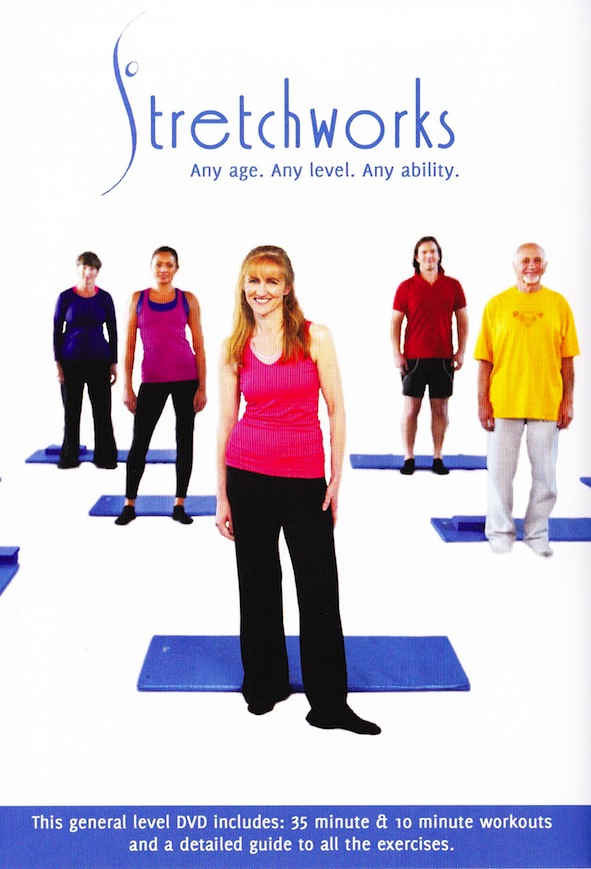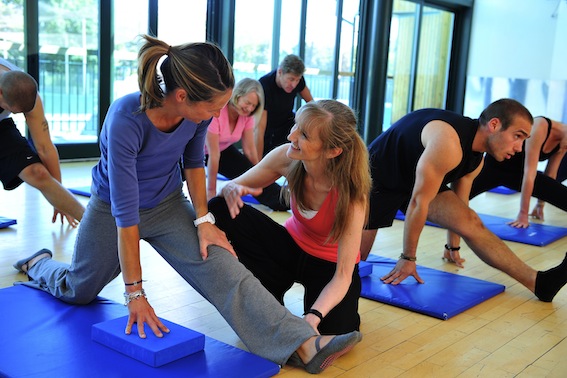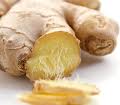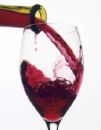Let’s get one thing straight….skipping breakfast is fine!!!In fact it is more than fine, it’s the starting point to actually getting you the body you have always dreamed of, according to the authors of a new book.
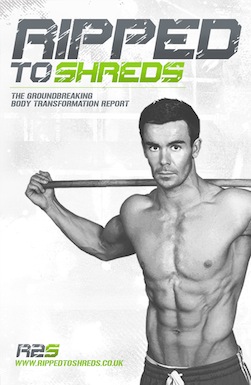
Co-authors, Shaun Petafi and Dean Connor BSc, a top fitness trainer and male model, have analysed the latest research on fat, fitness and longevity and come up with a formula that has literally Ripped to Shreds all the diet myths.
The report includes a number of controversial key elements designed to help people achieve their goals.
These include:
• Forget about breakfast – The new law on fat loss
• The amazing benefits of fasting
• Why only fools spend longer than 3 hours a week in the gym
• How to put your fat burning on autopilot 24/7
“I know you have all been brainwashed by the food industry about how important breakfast is and how it ‘kick starts’ your metabolism for the day, this is not actually true,’ writes Shaun in an exclusive article for Elixir.
The latest research shows your metabolic rate is determined by your lean mass (how much muscle you have). Not by how many meals you consume throughout the day.
Eating first thing, especially the usual grains and dairy will certainly put your fat burning on hold for a few hours. This coupled with breakfast bars for your elevenses, before your typical lunch all causing rising and falling levels of insulin.
Instead give your body a break, allow it to process the food from the day before.
Waiting say for example 14-16 hours after your last meal the night before will allow your body to become a master of controlling Insulin (the key to fat loss), reset the hormone Ghrelin (hunger hormone) and re-programme the hormone Leptin
(the carbohydrate sensitive hormone). You will now become a fat burning machine when you do eat.
I’m sure you would all love some more time in the morning to yourselves too, an extra half hour in bed perhaps?
Shaun Petafi and Dean Connor BSc, fat loss experts and co-authors of the groundbreaking Ripped To Shreds report have used the latest scientific literature behind rapid body transformation. In their e-book they claim short fasts can actually accelerate fat loss and make you considerably healthier in the process.
Although intermittent fasting research is still only in its infancy and it may well be another 5 years before it reaches the masses and becomes a mainstream nutritional idea, its benefits have already reached almost legendary proportions within many nutritional and dieting circles around the world.
So what is it exactly? Well the term Fasting refers to going long periods without food followed by a period of eating. It is basically what we did as cavemen and women all those years ago. The invention of breakfast is only very recent in terms of human time on this planet, and our greed along with the greed of the food industry has driven this change.
Why do it? Here is a list of all the benefits of following the anabolic fasting approach
NO HUNGER WHEN DIETING
This is a typical criticism of most diets, the person feels hungry all the time. Due to the effect the approach has on the hormone ghrelin (hunger hormone), your body becomes a very stable environment. Plus you get to eat really large meals when you do actually eat, certainly something that was lacking in many other protocols.
ELEVATED LEVELS OF FAT BURNING HORMONES
Intermittent fasting has been shown to produce elevated levels of human growth hormone (HGH). This hormone regulates metabolism, allows us to build muscle, burn fat and reduce the negative effects caused by stress.
INCREASED FATTY ACID OXIDATION
During the fasting hours your body produces a great deal of fat burning hormones, by prolonging this time (to a certain extent) you are prolonging the body’s ability to use fat as fuel.
Now imagine training at this time when all these fat burning hormones are going wild and you can see why the results are so epic.
REDUCED BLOOD GLUCOSE AND INSULIN LEVELS
Both key in setting your body up to be a fat burning machine.
By maintaining low levels of insulin throughout the day, your body becomes very sensitive so when you do feed it with the dreaded carbs of other diets, your body is very sufficient at storing them in the muscle cells. Low levels of both of blood
glucose and insulin are also markers of improved health.
LARGE MEALS – BETTER COMPLIANCE
Gone will be the days of feeling deprived whilst dieting to get lean, you will look forward to your large meals and feel perfectly fine when not eating. This will lead to an easy integration into your normal daily life, you will feel that these
methods are so easy and you won’t be thinking “I can’t wait to finish this diet.”
INCREASED LIFE SPAN
The health markers of fasting are also very profound, reduced risk of cancer, Alzheimer’s, cardiovascular disease, diabetes etc. Additionally the increase in Growth Hormone production further stimulates cell development, cell reproduction and regeneration, which in turn assists with the anti-aging process.
Ok so you’re sold…what next?
THE STRUCTURE
Typically The R2S (Ripped To Shreds) report promotes an 8 hour feeding window and a 16 hour fast, bearing in mind you will likely be sleeping for around half of the fasting time, it basically equates to skipping breakfast. For most people this set up is quite controversial, however its works best in terms of compliance, fat loss and weight training.
For example feeding window is 12 midday – 8pm, and the fast from 8pm – 12 midday.
The eating period falls into either an 8 hour window (for men) or a 10 hour window (for women) with a 16 and 14 hour fasting period respectively.
The full ripped to shreds report is available for download for just £9.99
